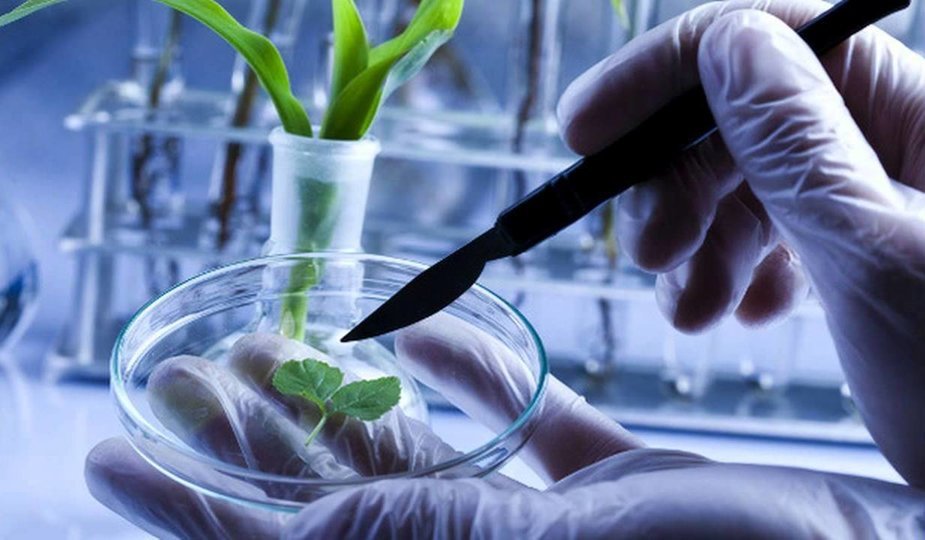(NaturalHealth365) Our nation’s drinking water supply is in dire need of improvements to safety and quality.
Chlorine is currently added to public drinking water due to its ability to destroy viruses and bacteria. But, while the chlorination of drinking water has greatly reduced serious health issues from waterborne diseases like typhoid and cholera, consuming chlorine in water also increase our risk of exposure to disinfection by-products called trihalomethanes.
Harmful disinfection by-products in public drinking water prove to be toxic
Disinfection by-products (DBPs) of chlorine in water form when chlorine and organic materials found naturally in water react with one another. These by-products include a variety of chemicals and acids caused by chlorine in water.
Chlorine reacts chemically with decaying plants, algae and other natural organic materials. And while disinfection by-products are often found in lakes, rivers and reservoirs, there is a much greatest concern. You see, groundwater can also contain organic materials such as in shallow wells or wells located near surface water bodies.
Unfortunately, these DBPs can also form in household septic systems if chlorine-based cleaning products react with organic materials in the water. Of course, leaking swimming pools can also leach chlorine into the water supply.
How disinfection by-products get into your body
Other water disinfectant techniques include the addition of monochloramine, chlorine dioxide and ozone, usually in combination with chlorine. During the treatment process, all of these additional water disinfectants create some type of toxic by-product.
The ingestion of disinfection by-products like trihalomethanes occurs through drinking infected tap water. These pollutants can also be inhaled if released into the air such as when washing dishes, heating water for cooking or taking a shower. The hotter the water, the great the chance of airborne DBPs.
Disinfection by-products linked to cancer, birth defects and other reproductive health problems
While the full impact of the health risks of disinfection by-products is not fully known, studies have shown a connection between chlorinated water and cancers of the bladder, colon and rectum.
Other studies have found connections to a higher risk of birth defects related to the spinal cord and brain. Miscarriage, premature births, low birth weight and other reproductive health effects are also connected with these pollutants. In addition, high levels of DBPs are linked to kidney damage, liver damage and many forms of cancers.
We must be proactive about finding clean water
Most public water suppliers are not required to test or monitor their water supplies for DBPs. While some do, it is not a requirement. Never forget, clean water is essential for optimal human health and the use of chlorine – as a disinfectant – poses a serious public health risk. Will public health officials ever wake up?!
Protecting yourself from DBPs requires self-testing and vigilance to reduce exposure. The most effective ways to stay safe include using a high-quality water filter or finding a source of clean, natural spring water.
There are numerous public springs around the country. Visit www.findaspring.com to find the closest one to your location.
References:
https://www.ncbi.nlm.nih.gov/pubmed/3610446
https://www.ncbi.nlm.nih.gov/pubmed/8487327
https://www.state.nj.us/health/eoh/hhazweb/dbpspdf.pdf
https://www.ncbi.nlm.nih.gov/pmc/articles/PMC1257669
GMOs & Dangerous Chemicals
Natural Health 365
Natural Health 365 is a premium source of trending and popular health-related news, science, testimony & research articles on the most up to date and relevant natural health information. The articles on GMOs & other Dangerous Chemicals found herein are meant to inform and advise our site visitors on steering clear of foods and other consumer products that contain Genetically Modified Organisms and/or Chemicals that are DANGEROUS to human health.
Join thousands of daily visitors staying informed and involved on Natural Health 365! We seek out scientific solutions with proven results and it is our mission to keep you up to date on the latest information! Articles range in topic from vaccination overviews to linking specific, common vaccines to the development of autism. We also aim to educate the public on the dangers of vaccines and provide in depth analysis of political vaccination bills.
Read Some of Our Most Popular Articles
Consumer Alert: GMO Apples & Potatoes are a Public Health Risk, Roundup Herbicide & GMOs Destroy Your Digestive System, US Senate Votes to Shut Down GMO Labeling Bill, Monsanto Lies Revealed.
GMO & Dangerous Chemicals are two of our major post categories on www.naturalhealth365.com and contain over 90 articles that cover a wide range of subjects; including but not limited to…
GMOs & Dangerous Chemicals
More Articles on GMOs & Toxic Chemicals
In addition to publishing articles concerning the most up-to-date information on GMO Foods, Research, & Toxic Chemicals that have dangerous and unintended consenquences, we also aim to connect healthy lifestyles, non-GMO diets and balanced consumption of dietary supplements to lifelong health and adding happy years to your life.
DID YOU KNOW?
Did you know that Monsanto is one of the most profitable entities on the planet, while the farmers that make them so successful are barely able to feed their families? Or that mono-cropping erodes our top soil so that no vegetables, grains, or fruits will grow in the wake of a mono-cropped field? Perhaps you didn’t know that organized events to protest Monsanto and their signature chemical, Roundup? You can find all of that information and more right here on Natural Health 365.
Join Our Email List
Each day, visitors sign up for our weekly informative news sent directly to their email or RSS feed agregator. We send out three weekly emails keeping you informed and involved on the latest Natural Health News, information about our FREE SHOWS and updates on your favorite topics including Food & Nutrition, Cancer & Heart Disease, Vaccines & Autism, & – of course – GMOs & Dangerous Chemicals!
You can also check out our VIP member area, The Inner Circle, where you get access to thousands of recorded interview (audio/video), pod casts, & literature by some of the worlds foremost experts on Natural Health and Treatments that could save you thousands! Learn how to REVERSE disease without the use of toxic and expensive medications.
Natural Health 365 also is a venue for webinars on various topics, has a flourishing e-commerce store where you can purchase vitamins, pro biotics, supplements and unique products such as Grazing Goat Whey Protein.
Grazing Goat Whey Protein™ is formulated exclusively for the health-conscious consumer looking for the finest whey protein nutritional supplement on the planet.* Best of all, this goat whey protein comes from goats that graze – 365 days per year – on pesticide and chemical free pastures. No hormones, antibiotics or pesticides are used – ever. This product is non-GMO and gluten free.










